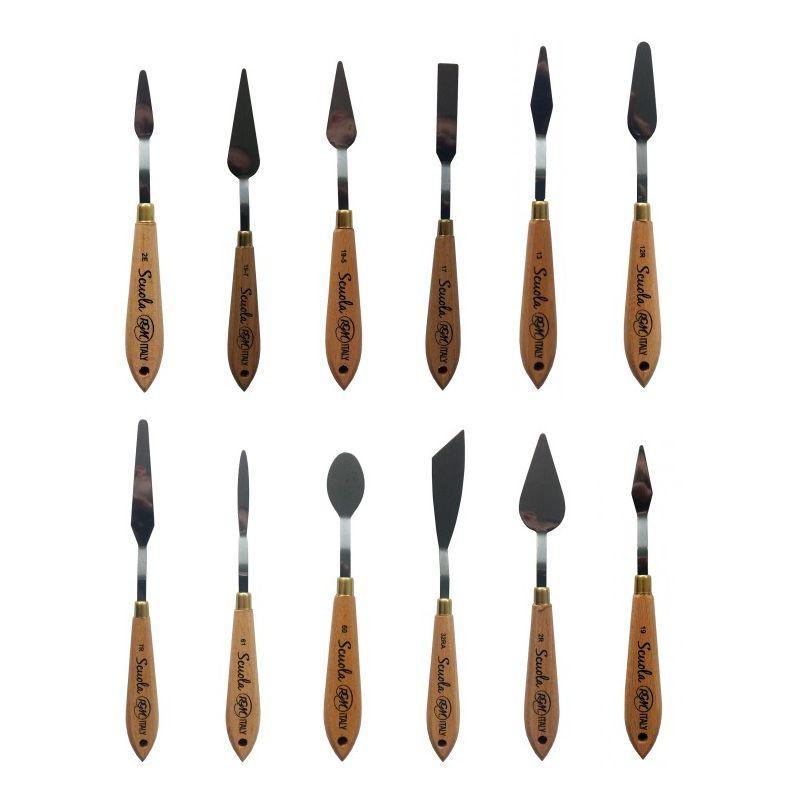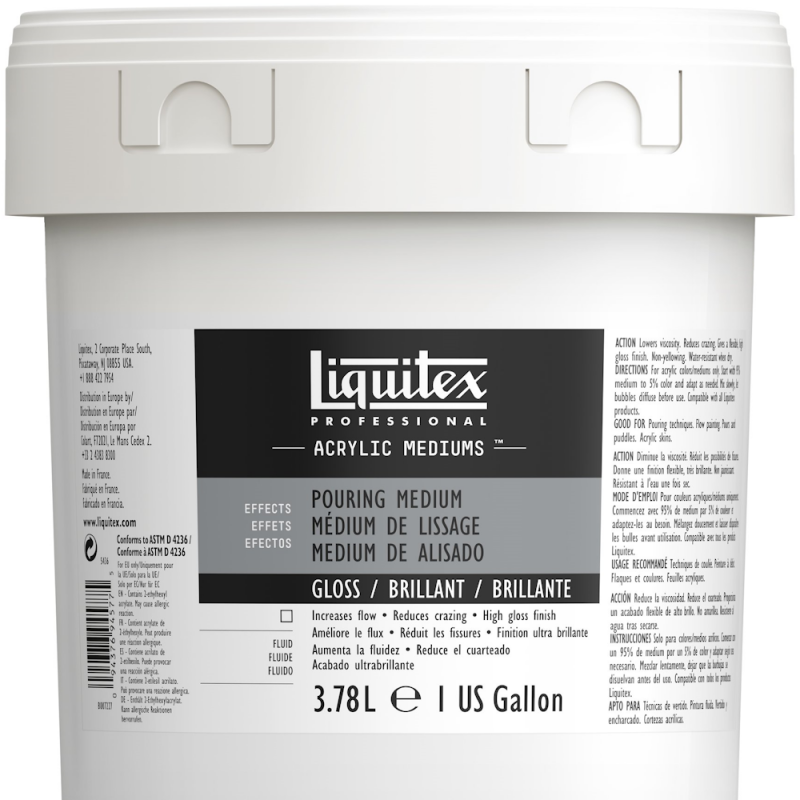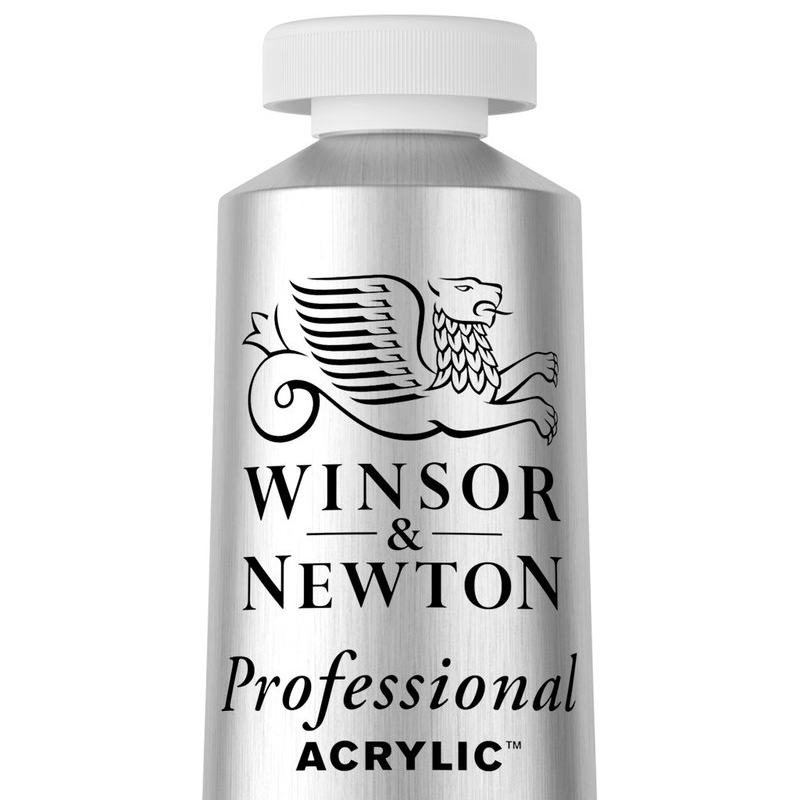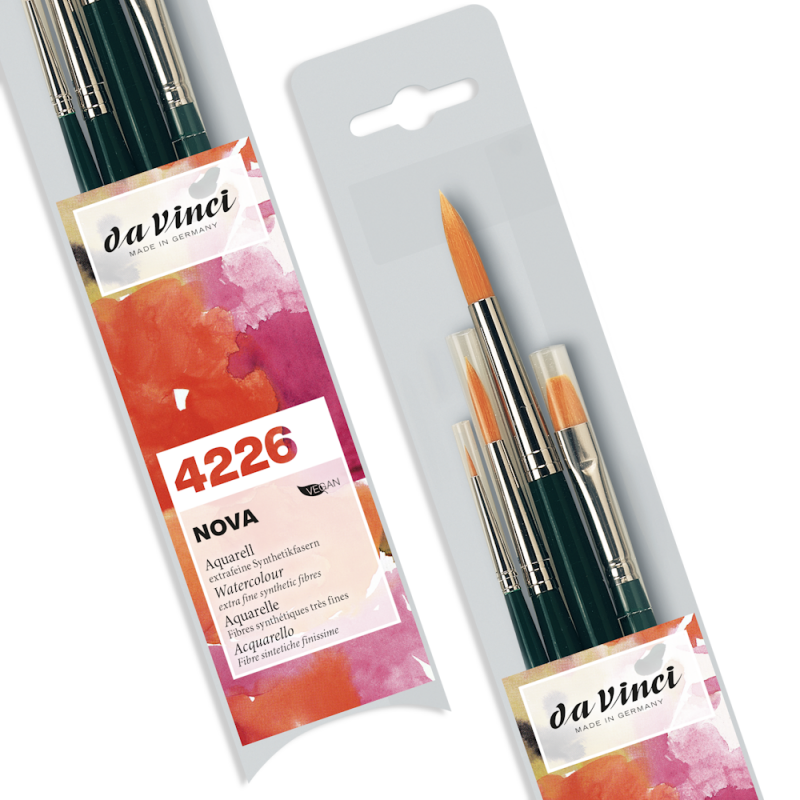Are you looking for some new acrylic painting ideas? There are some amazing acrylic painting techniques that you may want to try to give your creations a new style. The techniques used for acrylic painting are varied and are specifically tied to its properties, so it’s helpful to have some background knowledge of these acrylic painting techniques before you start out. So whether you’re a seasoned master or looking for some simple acrylic painting techniques for beginners, we’ll cover the important bases in this simple-to-follow guide that will give you some excellent acrylic painting ideas…

Otto Rohm is credited with having developed acrylic paints in the early 20th century, after initially inventing acrylic resin. Acrylic paint is synthetic and was first brought to the mainstream in the 1940s.
Acrylic has properties of both watercolour and oil paints. Like watercolour paint, it’s a water-soluble medium. However, unlike watercolour, it becomes water-resistant when dry. The final result of acrylic paint on canvas can differ greatly, depending on a variety of variables; such as, how diluted the paint is with water, if it’s mixed with other mediums (i.e. acrylic gels, pastes, mediums, sand), the tools used by the artist, and how it’s applied to the canvas.
9 Acrylic Painting Techniques
The great thing about acrylic paint is that, unlike watercolour, it does not require a specialist canvas. Acrylic paint can be used on most surfaces and is commonly used on paper and fabrics as well as canvas. Don’t be afraid to experiment with different surfaces and acrylic techniques.
We understand that a blank canvas can be daunting, so we’ve put together nine easy acrylic painting techniques for newcomers and experienced artists alike. We hope that this will inspire you to create your next masterpiece…
1. Dry brush
This is quite self-explanatory – simply apply paint onto your canvas with a dry brush. This technique is great if you wanted a highly pigmented stroke of colour with rough, scratchy unrefined edges.
2. Washing
Washing makes your acrylic colours more translucent. This technique emulates watercolour, but it sets permanently. Just add a little water to your acrylic paints and experiment with some effects.
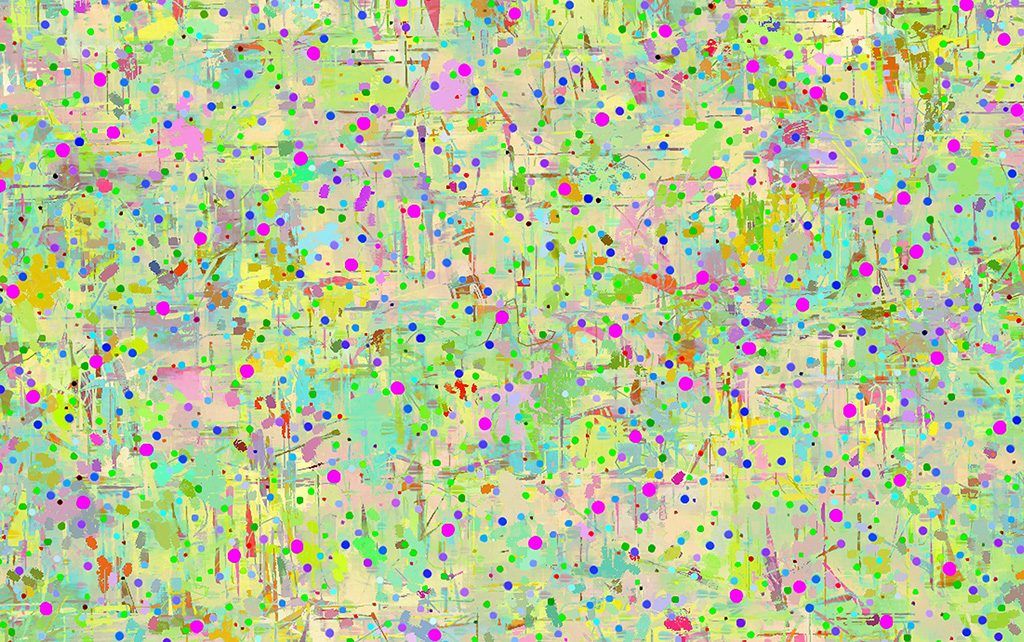
3. Stippling
Stippling is based on a technique initially used for printing in the early 1500s by Gulio Campagnola. Apply the head of your brush to your surface with a repetitive dabbing motion to create this effect. You can use stippling to separate colour through individual strokes of pigment. Stippling is similar to pointillism, which tends to be more precise.
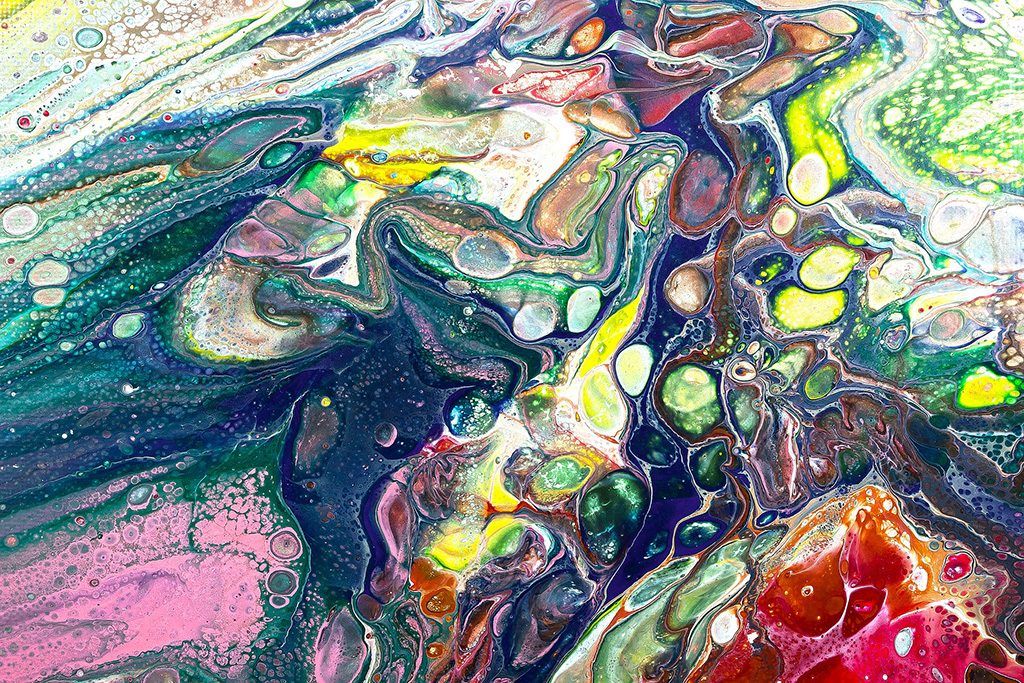
4. Pouring
This fantastic technique is simple to execute and allows you to create some stunning works of abstract art. Choose the colours you’d like to use and individually mix them with a pouring medium. After this step you have two options:
- You can pour your colours individually onto the canvas
- You can pour all the colours into a container, then put the canvas on top, right side facing down, flip it so that the right side of the canvas is upwards and the container of paint is on top, facing down. Slowly release the container and move the paint around the canvas.
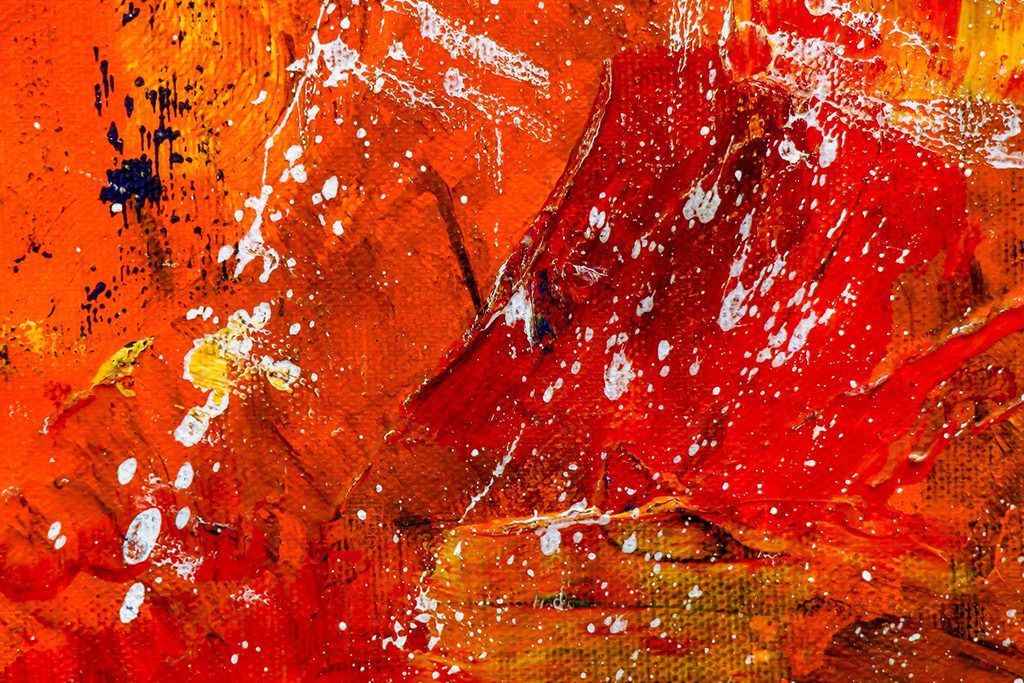
5. Splattering
This technique is about colour, expression and embracing the chaotic nature of life. The technique is achieved by wetting your brush in water, before dipping it into an acrylic pigment of your choice before flicking/splatter your soaked brush onto the canvas.
Jackson Pollock was a prominent figure in the abstract expressionist movement and he was known for using the splatter technique to achieve bespoke pieces.
6. Dabbing
This can be achieved by using a stiff bristle brush or paper towel. Paint is applied with light and fast pressure. Dabbing adds movement to your painting and is often used to illustrate bushes or greenery. See Claude Monet for examples.
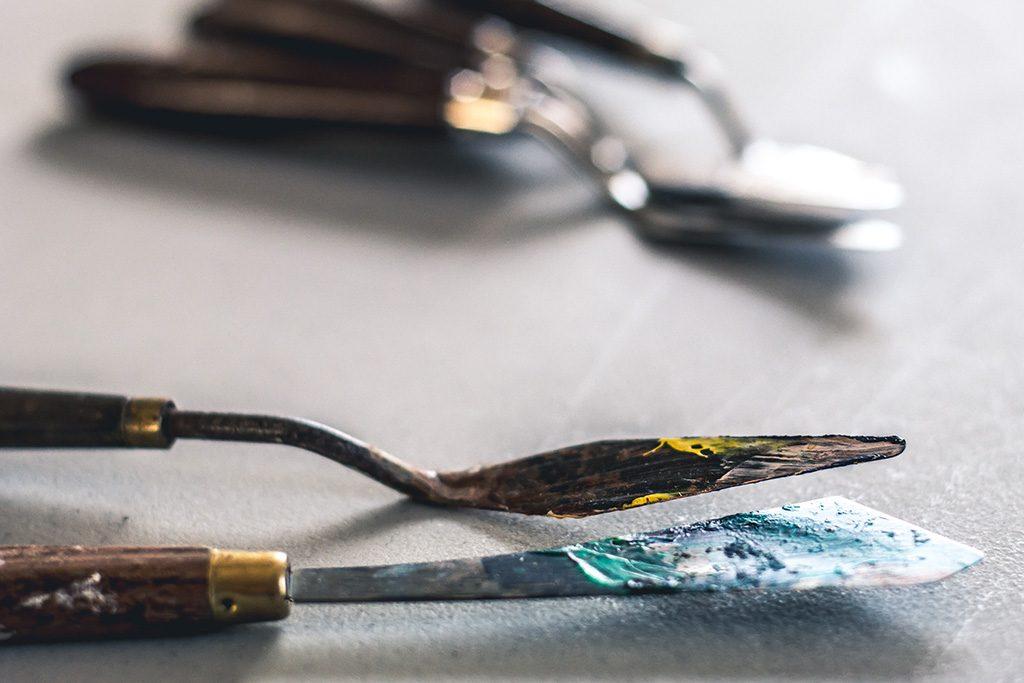
7. Palette Knife
This technique can be used in both acrylic and oil mediums. It is achieved by loading a palette knife with paint and applying it on to the canvas with the palette knife. This will create great texture. Bob Ross makes magic through the use of this technique.
8. Detailing
Detailing is accomplished by using a fine brush, moderately wetting it so it maintains a pointy form. The brush is then used in a similar way as a pen or pencil. You can use this technique to add intricate detail to your paintings.
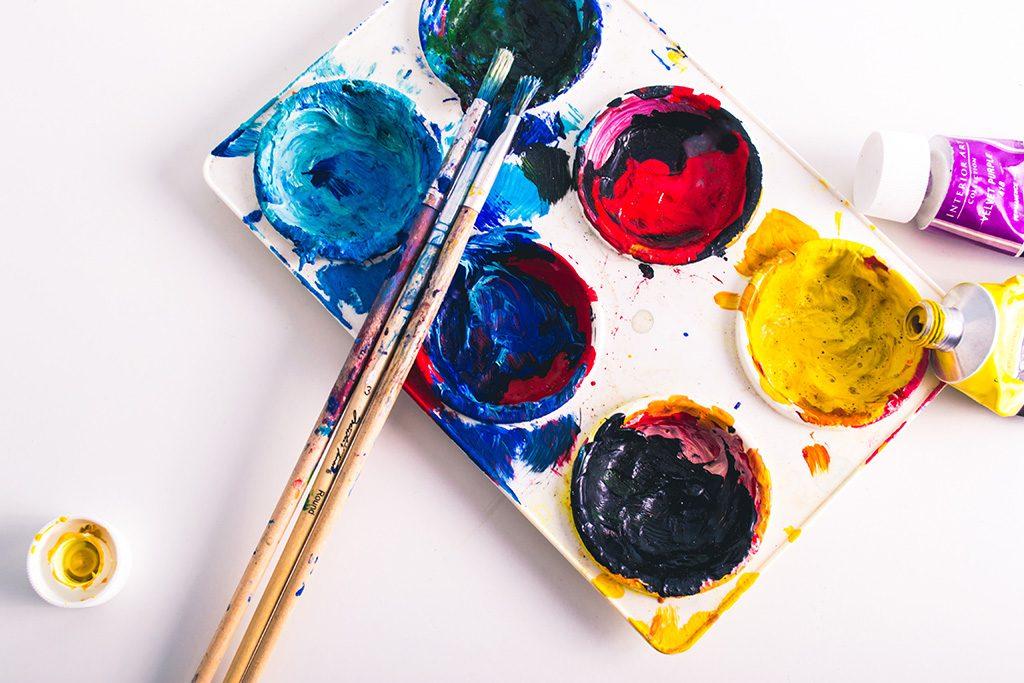
9. Underpainting
Underpainting – also referred to as “dead colouring” – is used to create a foundation for the artist to layer colour on. It is highly useful for building contrast and tonal values. Underpainting can be utilised to create tonal dominance within the painting through uniting.
Need some more acrylic inspiration? These blog posts have you covered:
How to Paint on Wood with Acrylics
Give your Artwork a Boost with Acrylic Mediums
How to Use Pouring Medium When Painting with Acrylics





















